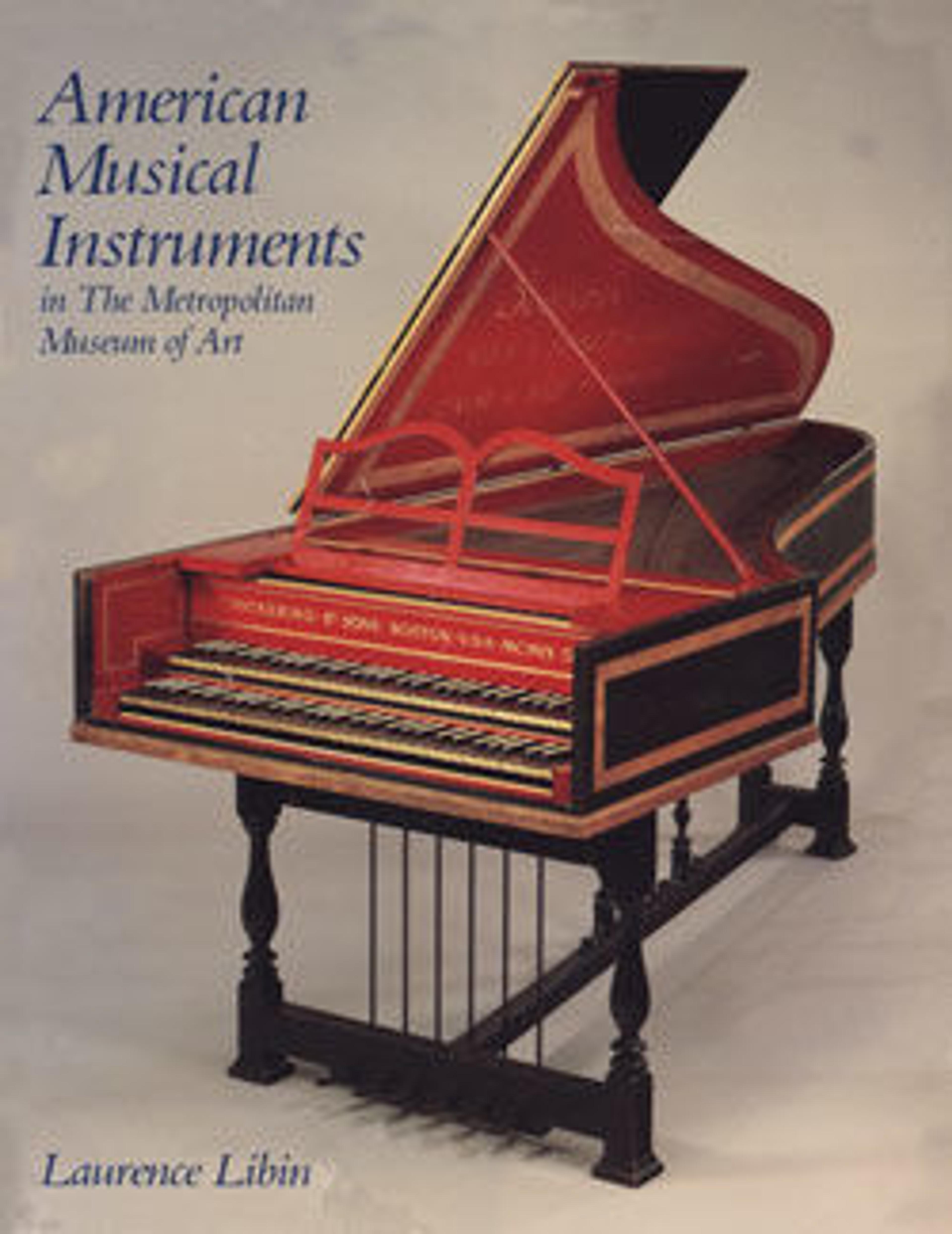Guitar
Christian Frederick Martin was born in Markneukirchen, Saxony, Germany in 1796. He is known to have studied guitar building in Vienna, working for Karl Kuhle, whose daughter Otillia Kuhle Martin would marry. Martin also claimed to have worked in the shop of Johann George Stauffer whose designs he closely followed in examples such as this instrument. Such features as the scroll-shaped headstock and metal machine tuners, the body outline, and the pin bridge, were all based on the Stauffer design. In 1833, Martin immigrated to New York City where he opened a music store and built guitars, like this one, based on the Viennese style guitars he had learned to build in Germany.
Within a few years, Martin would design a distinctly American form of the guitar that would shape all subsequent acoustic guitar making in the United States. His company, C. F. Martin & Co., would become one of the most influential musical instrument companies in the world and continues manufacturing acoustic guitars in Nazareth, Pennsylvania.
Within a few years, Martin would design a distinctly American form of the guitar that would shape all subsequent acoustic guitar making in the United States. His company, C. F. Martin & Co., would become one of the most influential musical instrument companies in the world and continues manufacturing acoustic guitars in Nazareth, Pennsylvania.
Artwork Details
- Title: Guitar
- Maker: Christian Frederick Martin (Markneukirchen, Saxony 1796–1873 Nazareth, Pennsylvania)
- Artist: George Wachsteter
- Date: ca. 1838
- Geography: New York, New York, United States
- Culture: American
- Medium: Wood, maple, spruce, abalone, ebony, metal, brass, ivory
- Dimensions: Height: 36 13/16 in. (93.5 cm)
Width: 11 11/16 in. (29.7 cm)
Depth: 3 1/4 in. (8.3 cm) - Classification: Chordophone-Lute-plucked-fretted
- Credit Line: Rogers Fund, 1979
- Object Number: 1979.380a, b
- Curatorial Department: Musical Instruments
More Artwork
Research Resources
The Met provides unparalleled resources for research and welcomes an international community of students and scholars. The Met's Open Access API is where creators and researchers can connect to the The Met collection. Open Access data and public domain images are available for unrestricted commercial and noncommercial use without permission or fee.
To request images under copyright and other restrictions, please use this Image Request form.
Feedback
We continue to research and examine historical and cultural context for objects in The Met collection. If you have comments or questions about this object record, please contact us using the form below. The Museum looks forward to receiving your comments.
